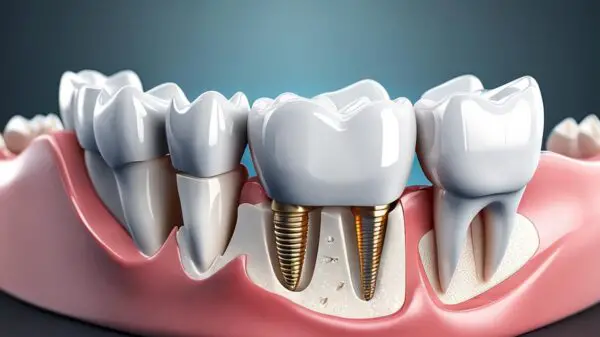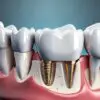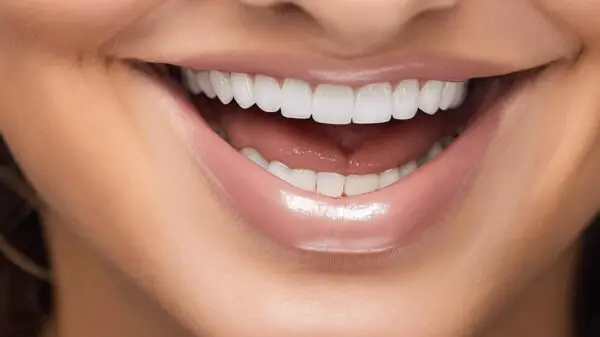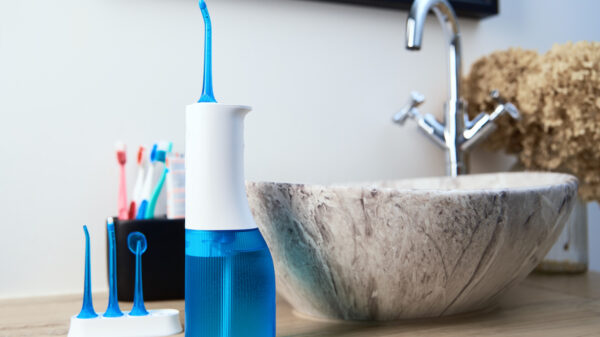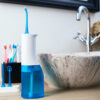Can a Waterpik Remove Plaque?
In the bustling world of technology-driven solutions, common everyday challenges such as maintaining oral hygiene are also delivering innovative resolutions. Understanding the occurrence, build-up, and implications of dental plaque stands pivotal in the oral hygiene narrative. Commonly experienced, yet minimally understood, dental plaque is a complex biofilm predominantly made up of bacteria. The layer of plaque plays a significant role in dental related diseases. Alongside this complex issue, a revolutionizing technology, Waterpik, offers a promising approach to combat it, by employing high-pressure water pulsation to remove biofilm and particles from challenging locations usually inaccessible by traditional methods. This essay unveils a holistic understanding of dental plaque and dives deep into the technological breakthrough of Waterpik, and its effectiveness in plaque removal.
Understanding Dental Plaque
Dental plaque, a common term in oral health discussions, is a biofilm or mass of bacteria that amasses on the surfaces within one’s mouth. Its formation occurs when leftover food particles, specifically sugars, are metabolized by Streptococcus mutans, a bacteria found in the oral cavity. This metabolic process results in the production of an adhesive and smooth polymeric substance known colloquially as plaque. This almost imperceptible film, if not removed regularly, can become a perfect breeding ground for harmful bacteria, leading to numerous oral health complications.
The relationship between dental plaque and oral hygiene is quite critical. The bacteria found in plaque produce acids during the metabolism of food remains in the mouth. These acids can cause significant harm to the enamel coating of the teeth, eventually leading to tooth decay and cavities. Furthermore, if not removed adequately and timely, plaque can harden and form tartar, a higher menace contributing not only to cavities but also to periodontal diseases, like gingivitis and periodontitis. It’s worth noting that good oral hygiene practices, including regular brushing with fluoride toothpaste, flossing, and routine dental check-ups, can significantly reduce plaque buildup, thereby maintaining overall oral health.
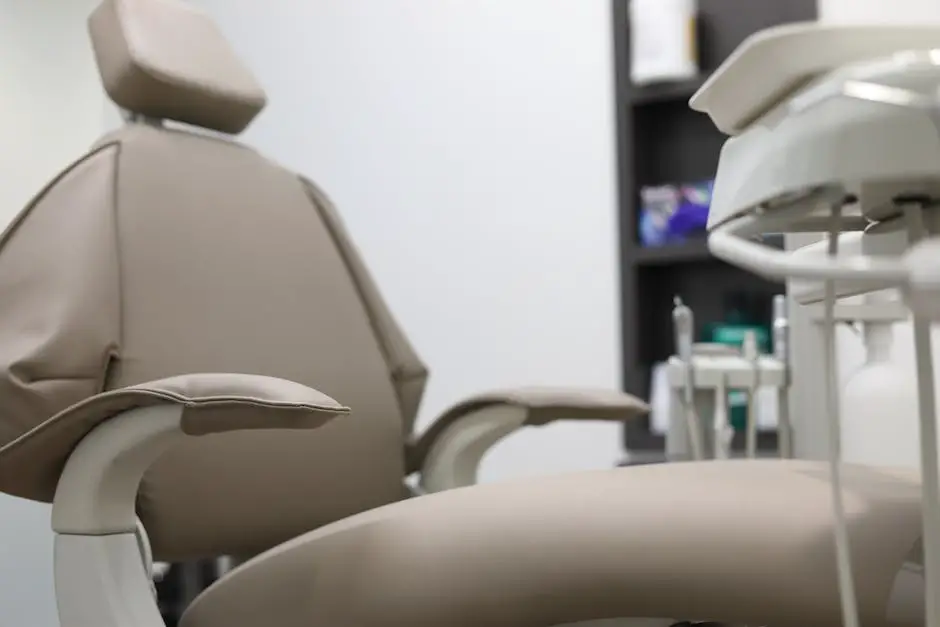
The Waterpik technology
Delving deeper into the mechanisms of dental hygiene, the Waterpik, also known as a water flosser, stands on the leading edge of plaque and tartar control technology. Its fundamental technology is rooted in the generation and forceful ejection of meticulously pulsating water jets. This dynamic process facilitates dental cleaning through the dislodgment of trapped food remnants and plaque build-up. The high-pressure water not only reaches areas often inaccessible to conventional toothbrushes and floss, but also efficiently disrupts and erodes the adhesive polymer substance, thereby restricting the cultivation of Streptococcus mutans bacteria and subsequent plaque formation.
Central to the Waterpik’s operation is its unique and innovative pressure control system. This system allows for the modulation of water pulsations to cater to individual oral health needs and sensitivities. High-pressure settings are typically used to eliminate hardened plaque, or tartar, while lower settings cater for users with more sensitive gum conditions. The pulsating nature of these water jets not only enhances the mechanical removal of dental plaque but also efficiently massages and stimulates gum tissues, promoting circulation, and conferring additional periodontal health benefits.
Enhancing the machine’s proficiency is the integration of different oral irrigator tip designs. Each design serves a unique function, significantly improving the Waterpik’s capacity to manage a variety of dental situations. For instance, the use of plaque-seeker tips can be particularly beneficial for locations prone to plaque accumulation. Likewise, orthodontic tips are geared towards the effective extraction of plaque nested in orthodontic braces. Therefore, the Waterpik’s multi-faceted technological approach serves as an indispensable tool in maintaining optimal oral health and preventing periodontal diseases, effectively revolutionizing the realm of dental hygiene practices.
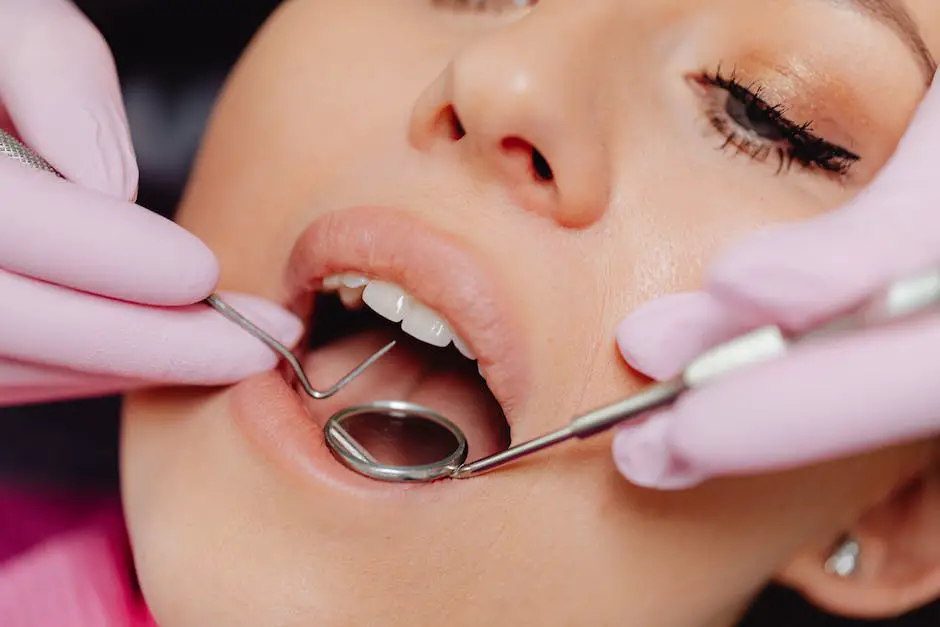
Waterpik’s Effectiveness in Plaque Removal
Investigations and research into the efficacy of the Waterpik have demonstrated some compelling results. A pivotal study in the Journal of Clinical Dentistry found that participants using a Waterpik Water Flosser were 51% more effective at reducing gingivitis, twice as effective at reducing gingival bleeding, and 29% more effective at removing plaque compared to traditional string floss. The high-powered water pressure has a physical dislodging effect on the plaque, proving its capability of disrupting and removing this stubborn biofilm.
The effectiveness of the Waterpik, however, does not solely reside within its capability to disrupt and remove plaque. This device facilitates the application of therapeutic agents into periodontal pockets, areas commonly inaccessible with other oral hygiene adjuncts. By introducing anti-microbial agents directly to these secluded areas, the Waterpik considerably amplifies the effects of these therapeutics, effectively challenging bacterial proliferation, and promoting healthier oral environments.
In the optimum conditions established by a regular and disciplined use of the Waterpik, the opportunistic destructive potential of dental plaque and consequently, plaque-related periodontal diseases could be effectively abated. By fusing convenience and scientifically-supported effectiveness, this innovative device does indeed attest to the claim of its prowess in plaque removal and as integral in maintaining optimal oral health. However, it is also crucial to remember that the Waterpik serves as a supplemental device in oral hygiene practices, rather than a total replacement for other proven methods such as brushing and flossing. Ultimately, maintaining oral health is a comprehensive endeavor, reliant on a multi-faceted approach that pairs traditional methods with technological advancement. The Waterpik, while not a panacea, reflects how progress in dental technology can further bolster our defense against the pervasive threat of dental plaque.
Plaque removal is undeniably a critical aspect of maintaining oral health. The effectiveness of modern breakthroughs like Waterpik in helping achieve this goal presents a significant leap in dental care technology. By appreciating the intricate nature of dental plaque and its core relation to oral health, we understand the necessity for such advancements. Around this perspective, the realistic overview of Waterpik presented in the discussion, coupled with its detailed technical description and scientific studies backing its effectiveness, helps in weighing its potential as a useful dental hygiene tool. One can conclusively see how Waterpik works on a microscopic level to dislodge plaque, creating a promising avenue in the continuous battle against plaque-related dental diseases. By maintaining a regular regimen involving tools like Waterpik, individuals can make strides towards achieving and maintaining an excellent oral health status.











